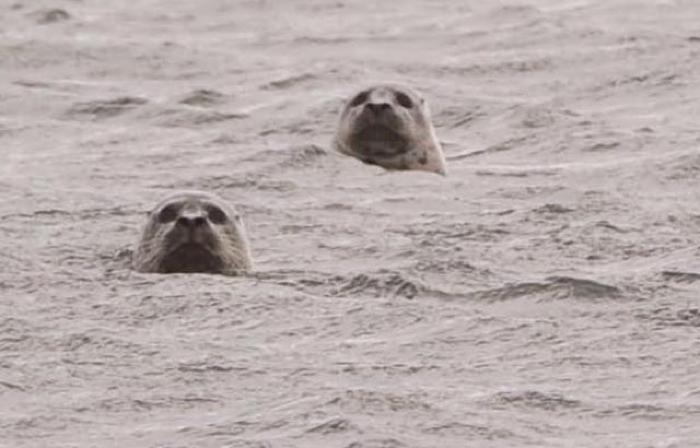Baby Seal, Seal Cub — Isuwim Carlia’a, Qaigya’aq

Harbor seals (Phoca vitulina) are year-round residents of Kodiak’s nearshore waters. Biologists consider them sedentary because they tend to stay in one area throughout their lives, visiting the same spots to feed, rest, breed, and pup. Like sea lions, harbor seals give birth on land. Pupping takes place between late May and early July. Pups weigh approximately twenty-four pounds and double in size in about a month. Seal pups are less shy than adults and spend more time on land. For Alutiiqs, this meant that baby seals could easily be hunted on land in the summer.
Although Alutiiq people are famous for their skill in hunting sea mammals from kayaks, seals of all sizes were taken on land for meat, bone, oil, and hide. In Prince William Sound, the soft hides of baby seals were also used to fashion an apron worn as underwear. One historic account tells of Alutiiq people harvesting seals with nets. At high tide, hunters would stretch a net more than fifty feet long and seven feet wide near a rookery with sleeping seals. When it was tight, they would wake the seals and scare them into the net. In more recent years, Elders recall stalking seals at rookeries. Covered with a sealskin, a hunter might creep up onto the rookery, crying like a baby seal. When an adult came to investigate, the hunter would shoot it.
